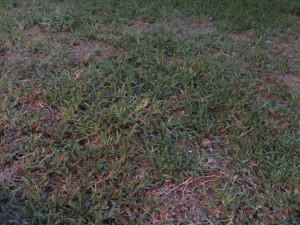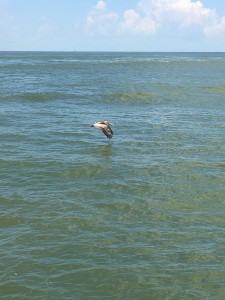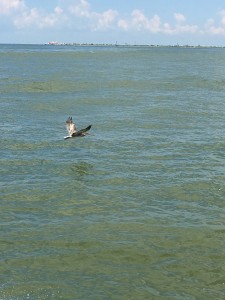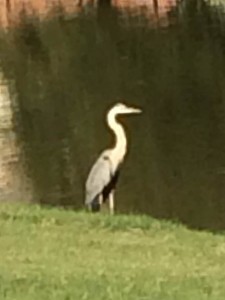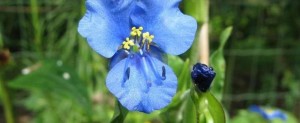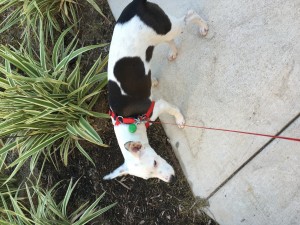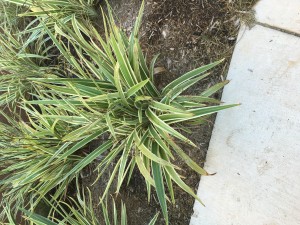
Four P. iotor individuals were observed hanging out in the Chernobyl-esque vintage car junkyard which my balcony overlooks in Brentwood. In the above image, one can be observed hanging out of the driver’s window. In the below image, one individual may be seen on the hood of the car and another adjacent to the front driver’s side wheel.
 As you can see, they don’t mind interacting with my overly curious domestic Felis catus (Manx variety) from a distance, as about 15+ feral F. catus individuals also live in this junkyard and they appear to coexist peacefully when they are not competing for resources such as the old corn and cat food that my significant other likes to throw down to them. This particular F. catus individual is extremely vocal, and his chittering consistently drew squeaky responses from the raccoons. It was cute as all get out.
As you can see, they don’t mind interacting with my overly curious domestic Felis catus (Manx variety) from a distance, as about 15+ feral F. catus individuals also live in this junkyard and they appear to coexist peacefully when they are not competing for resources such as the old corn and cat food that my significant other likes to throw down to them. This particular F. catus individual is extremely vocal, and his chittering consistently drew squeaky responses from the raccoons. It was cute as all get out.
Today, Americans often consider P. iotor to be pests, disease vectors, and road hazards, but Native Americans respected the raccoon as a symbol of the trickster, much like the Greek god Pan or the Road Runner of Looney Tunes. This archetypalization stems from the raccoon’s intelligence and dexterity. They can remember solutions to puzzles for three years, and their long-toed paws lend them the ability to manipulate objects much like primates do.
My iNaturalist observation can be found here.
